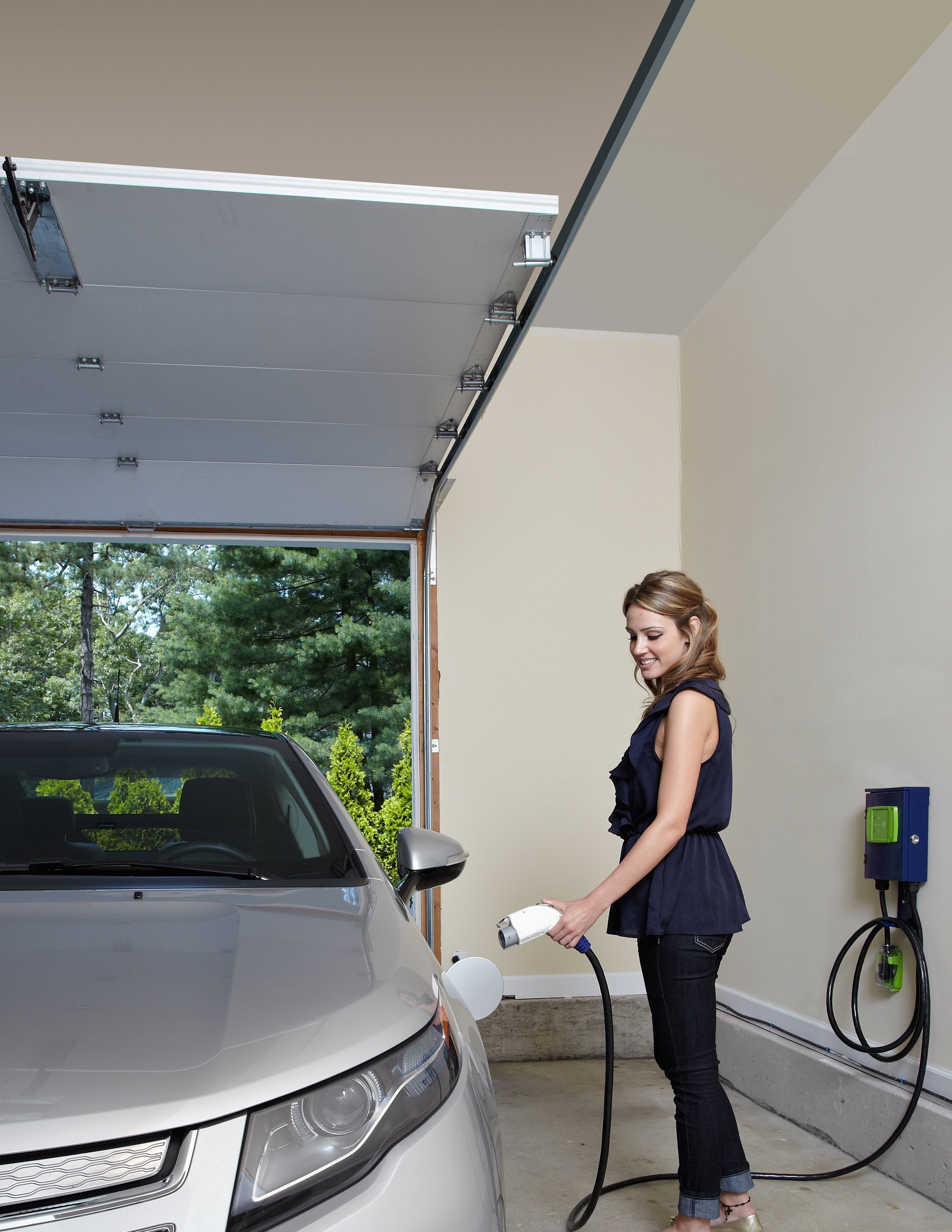Making Electric Vehicles a Growing Presence on the Road
Utility pilot projects aim to make electrical vehicles easier and faster to charge
- September 19, 2016
- Carol Winkel

At its September meeting in Spokane, Washington, the Council heard more about initiatives by utilities to help customers switch to electric vehicles.
John Francisco, Inland Power and Light, described their incentive program to install fast-charging stations in homes. Qualifying customers can get a $250 rebate with proof of purchase and installation. According to Francisco, over 40 percent of carbon emissions in Washington come from the transportation sector so more electric vehicles on the road means cleaner air. The cost savings in gas is significant as well; electricity costs compared to gasoline is 70 percent cheaper.
Rendall Farley, Avista Corp., presented information about their plans to install chargers in homes, businesses, and public spaces to gather data about electric vehicles and the power system. The utility also plans to launch a project that would let customers drive an electric vehicle for a week to see if it would work for them. Beginning as a 6-9 month pilot project, it would enable their customers to test an EV before making the commitment to purchase.
According to the Council's conservative estimate, by 2035 we could keep $2 billion dollars per year in the region, mainly by reducing the amount of gasoline purchased from producers outside the region. While the initial cost for an electric vehicle can be more expensive, the fuel savings more than make up for the extra expense and their maintenance costs are usually lower, too.
Related:
The Regional Value of Electric Vehicles
Avista to Begin Installing Electric Vehicle Chargers in Homes, Workplaces



